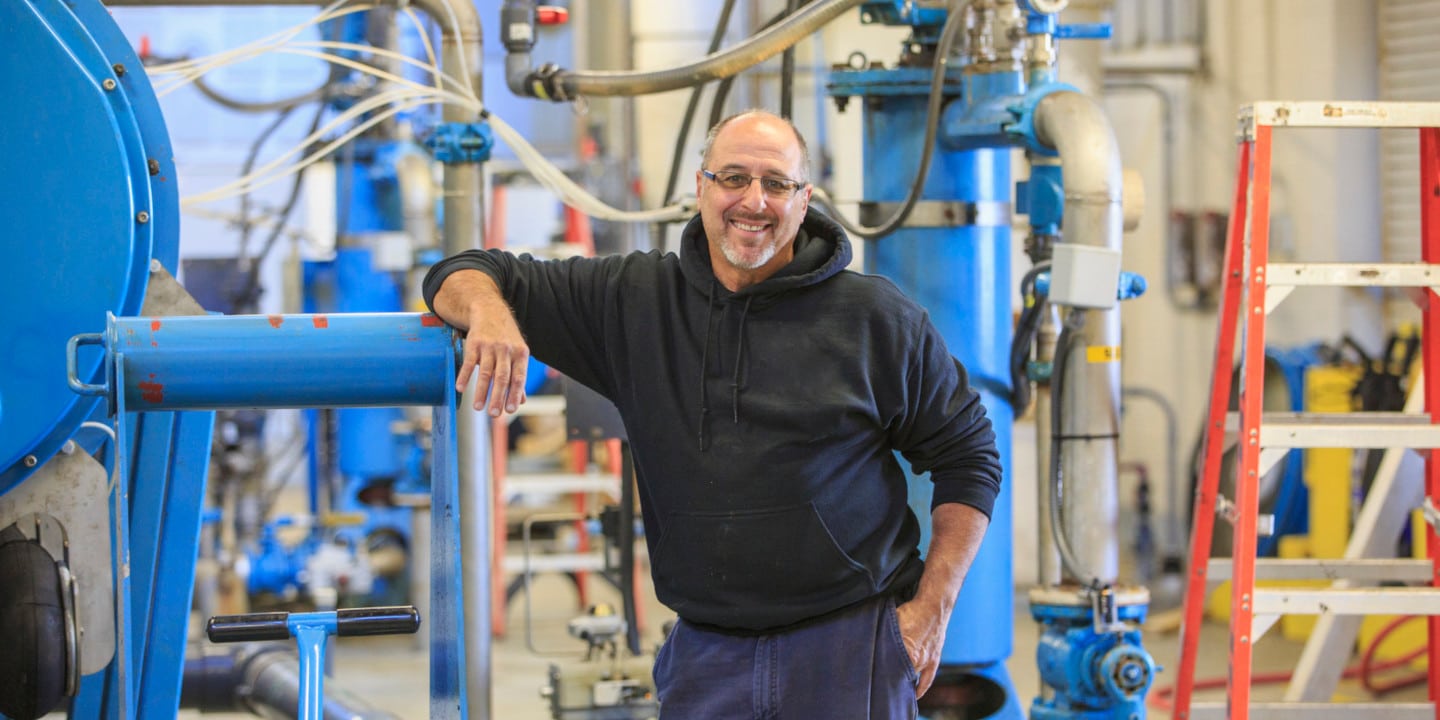
If your business uses fluid for any process or service, you likely have a fluid processing system in your facility. But you might be wondering: Do I have the most efficient system? Is there a more suitable option? There are four types of fluid processing systems with differing strengths, so your system has to fit your needs.
Learn more as we cover fluid processing systems, the four main types, and how digital twin technology can increase your system’s value and performance.
Fluid processing systems are used across different industries for various purposes. Most facilities contain multiple systems that work together to create a product or provide a service. Some common uses for fluid processing systems include:
These complex systems rely on an interconnected network of individual components to perform their functions. This makes being able to monitor, test, and calculate each component’s output with a digital twin that’s especially valuable for your system’s efficiency. Digital twins offer a virtual model of your system, so you can design, monitor, and analyze your current or future system with accurate results.
Although not every industry uses each type of fluid processing system, it’s beneficial to understand the function of each before building your own. These are the four main types:
Typically used to create products, simple open systems are the most straightforward. Fluid enters the system at one point, travels through a single circuit, passes through various components, then exits. Open systems are also known as “transfer” circuits and move fluid from one location to another. Digital twin programming benefits these systems by ensuring fluid enters and exits in the right volume and passes through components efficiently.
Simple closed systems support processes, such as air conditioning and heating systems. Closed systems transfer fluid from a single location through the system and back to the original location. They are also known as “loop” circuits. Digital twin programming will help you to design an efficient loop with parts that fit your system’s required capabilities.
Open systems with multiple circuits are similar to simple open systems but feature several exit or entry points. Often called “complex systems,” these systems transfer fluid from several locations. They have either multiple entrances or multiple exits, but not both. A digital twin helps your team understand how fluid will flow through this system to ensure each circuit is operating correctly.
Much like simple closed systems, closed systems with multiple circuits continuously loop fluid. The only difference is the number of locations and the complexity of each circuit. These complex circuits support multiple locations throughout a facility without any fluid exiting the system. Digital twin programming will help you during the design process to ensure each circuit is constructed with the necessary elements to keep your entire system running smoothly.
Building a fluid processing system requires a serious financial and operational investment. That’s why digital twin technology from PIPE-FLO, a Revalize brand is vital to your system’s success. PIPE-FLO allows your team to easily build and design a system with accurate simulations and part specifications from actual manufacturers. Once your system is designed and running, PIPE-FLO constantly monitors its performance, energy consumption, and cost so you can update or adjust accordingly.
The benefits of a digital twin program significantly increase your system’s value. Schedule a Product Demonstration with PIPE-FLO and start getting the most out of your fluid processing system.